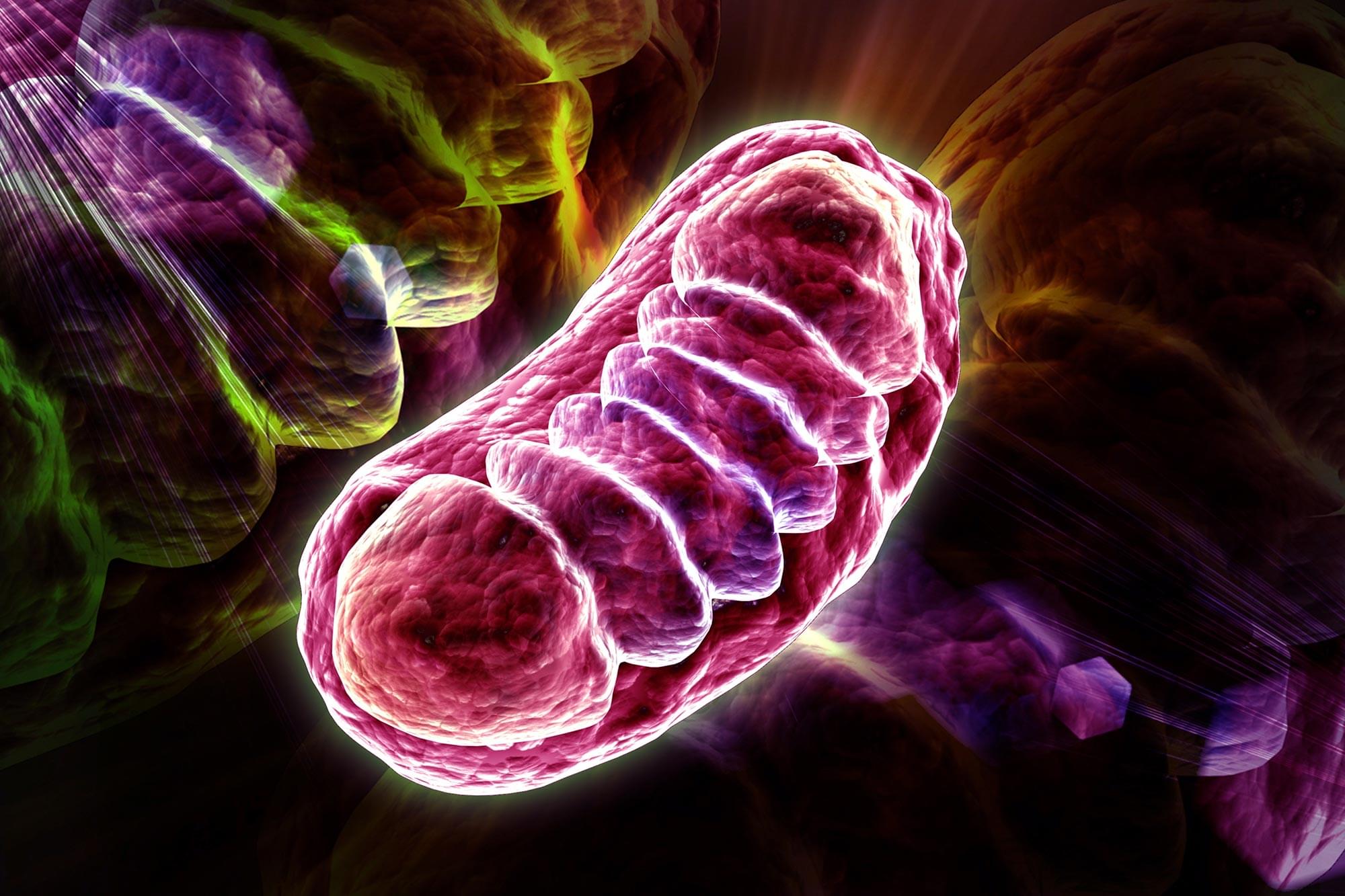In anticipation for my next public lecture, the organizer requested the title of my lecture. I suggested: “Hunting for Aliens.” The organizer expressed concern that some members of the audience might confuse me for a U.S. government employee in search of illegal aliens near the southern border wall. I explained that no two-dimensional wall erected on Earth would protect us from extraterrestrials because they will arrive from above. It is just a matter of time until we notice interstellar travelers arriving without a proper visa. A policy of deporting them back to their home exoplanet will be expensive — over a billion dollars per flight. The trip will also take a long time — over a billion years with conventional chemical propulsion. We will have to learn how to live with these aliens, and promote diversity and inclusion in a Galactic context.
The Sun formed in the last third of cosmic history, so we are relatively late to the party of interstellar travelers. Experienced travelers might have been engaged in their interstellar journeys for billions of years. To properly interpret their recorded diaries and photo albums in terms of the specific stars they visited, we would need to accurately interpret their time measurements.
Imagine an interstellar tourist wearing a mechanical analog watch. Such a timepiece is at best accurate to within 3 seconds per day, or equivalently 30,000 years per billion years. This timing error is comparable to the amount of time it takes to hop from one star to another with chemical propulsion. Interstellar travelers must wear better clocks in order to have a reliable record of time.








